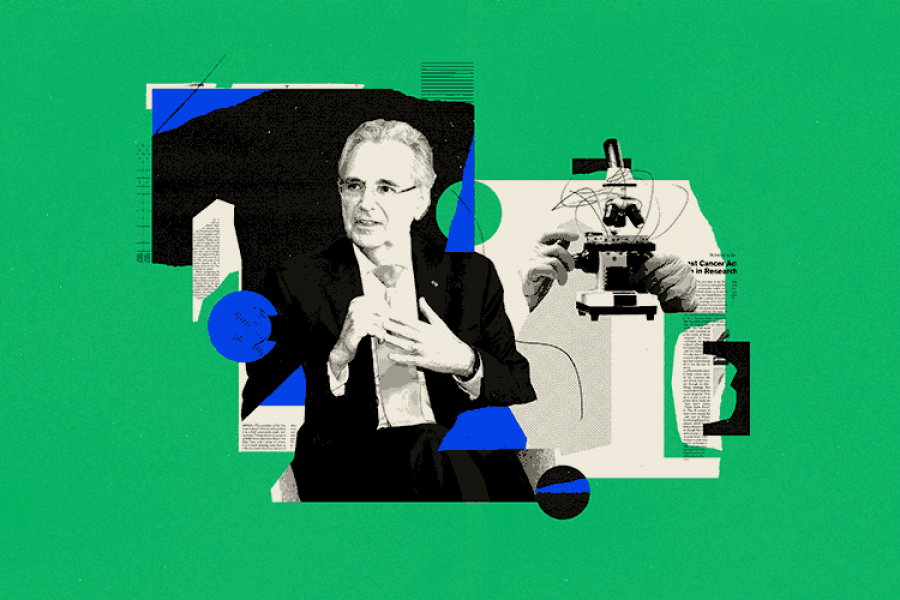Obesity is a condition that presents different characteristics in different people. This depends on variables such as metabolism, which help to classify it into four types.
Linda Morales, a postdoctoral researcher at the Tec’s Institute for Obesity Research (IOR), explains that this condition can be subdivided into normal weight with metabolic obesity; obesity without metabolic compromise; obesity with hyperuricemia (with high uric acid levels); and obesity with hyperinsulinemia (with high insulin levels).
“This is about better understanding and defining the phenotypes of obesity. It has been determined that some subtypes of obesity are metabolically different from each other. Which one you have will determine different conditions in the future,” explains Morales, who is part of the IOR’s public policy unit.
Types of obesity
During the research seminar held by the IOR, the researcher presented the results of her study, which show that people who have obesity without metabolic compromise often have elevated glucose, but within normal limits.
Those of normal weight with metabolic obesity had very high cholesterol levels, even higher than those who were heavier. “95% of the people with no metabolic compromise were women and those with uricemia (high levels of uric acid in the blood) were mostly men,” she says.
Linda highlights two objectives of her analysis: to describe the characteristics of people who are classified into each subtype of obesity and to design strategies aimed at prevention and personalized care.
Her research considered three clinical parameters: fasting insulin, glycosylated hemoglobin, and uric acid. Data from 1,562 people were collected as part of the Carlos Slim Foundation MIDO Plus program.
In her analysis, she classified 397 people with obesity and 251 with normal weight but abnormal metabolism.
More research on the way
One of the conclusions of the IOR researcher is that some people with obesity may have a less harmful metabolic profile than the other subtypes. For example, people with normal weight sometimes have very harmful metabolic abnormalities that go undetected because of their physical appearance.
The researcher advises that future research should also consider the mental health of participating patients. It should also identify whether it is possible to change from one subtype of obesity to another over time.
According to the 2021 National Health and Nutrition Survey, 72% of Mexican adults and 37% of children currently suffer from obesity or being overweight.
According to these obesity percentages, the cost of obesity to the country in 2019 was 240 billion pesos, equivalent to 2.1% of GDP. The projected cost in 2023 is 272 billion, according to data from the Mexican Obesity Society.
“Obesity threatens the economy. We need useful and comprehensive strategies for the prevention and management of obesity in Mexico,” explains Morales.















